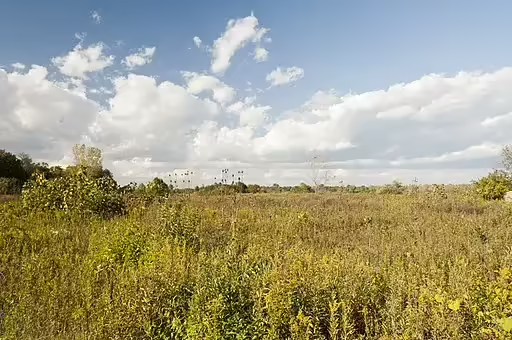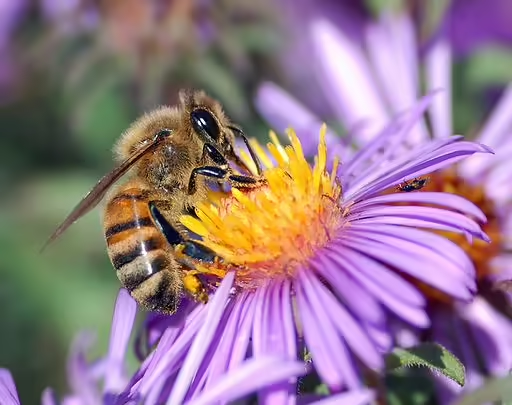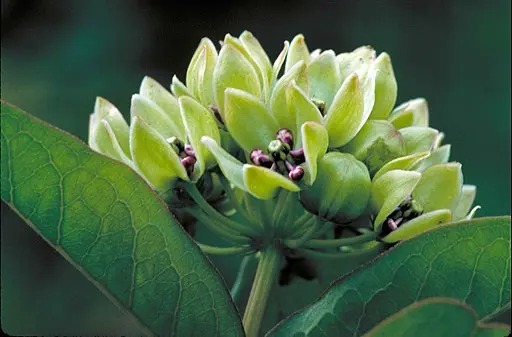Table of Contents for Mohr’s Rosinweed (Silphium mohrii)
Mohr’s Rosinweed (Silphium mohrii) is a herbaceous perennial that is native to in the southeastern United States. This plant is a host to a species of moth and is an important nectar source for other insects. Growing from 1 to 6 feet tall, this species grows in open areas such as prairies, fields, limestone openings. The light yellow flowers bloom from July to November and the plant is hardy in zones 5-9.
Taxonomy and Naming of Mohr’s Rosinweed (Silphium mohrii)

Taxonomy
Mohr’s Rosinweed (Silphium mohrii) was named and described by John Small, an American botanist, in 1897. It still has the same name and is a member of the Aster Family (Asteraceae).
Meaning of the Scientific and Common Names
Scientific Name
The genus name, Silphium, is derived from a Greek word that originated from a resin-bearing plant (Missouri Botanical Garden). The species name, mohrii, is a Latinized last name, Mohr, for the person the plant is named for.
Common Name and Alternative Names
The common name, Mohr’s Rosinweed, is named in honor of Dr. Charles Mohr (Small 1897). This species is also called the Shaggy Rosinweed.
Physical Description

- Plant Type: This plant is a herbaceous perennial.
- Height: 1 to 6 feet tall
- Stem: The stems are erect, terete, and hairy (uswildflowers).
- Leaves: The cauline leaves are alternate, petiolate (lower) to sessile (upper), lanceolate to ovate, and have toothed or entire margins (Flora of North America). The leaves are 1 to 15 inches long and 0.2 to 5.5 inches wide and reduce up the stem.
- Flower color: light yellow
- Blooming period: This plant blooms from July to November.
- Fruiting type and period: This plant has achenes that mature in the late fall and winter.
Range of Mohr’s Rosinweed in the United States and Canada

This species is native are rare in the states of Alabama, Georgia, and Tennessee in the United States.
Habitat

This species grows in open areas such as prairies, fields (Estes and Walck 2005), grasslands (Semple and Estes 2012), and open limestone and sandstone areas (Medley 1989).
Hosted Insects

The members of the Silphium genus are hosts to the silphius borer moth (Papaipema silphii).
Other Supported Wildlife

This species is an important nectar source to other butterflies, skippers, bees, and wasps.
Frequently Asked Questions
Does this plant have any ethnobotanical uses?
The Native American Ethobotanical Database does not list this species specifically, but other members of the genus have been used for pharmaceuticals and food.
How is this plant distinguished from other Rosinweeds (Silphium spp.)?
The dense pubsecence and short ray flowers of this plant tends to distinguish it from others in the genus (Mohr 1901).
Is this plant invasive?
This plant has been noted as being invasive in the literature.
Gardening with Mohr’s Rosinweed

Hardiness
This species is hardy in zones 5-9. If your garden is within these zones and you have the right growing conditions (soil, moisture and exposure), you may well be able to grow this plant. However, if planted outside of its range, the hosted species may not recognize the plant or be harmed by ingesting a different species with an unfamiliar chemical composition. For instance, only part of the range of the species overlaps with the bordered patch butterfly. This butterfly would not be benefitted by those plants in the east.
Optimal Conditions
This species grows in full sun to part-shade and prefers medium to dry well-drained soil that is likely circumneutral (Wikipedia).
References
- Estes, Dwayne and Jeffrey L. Walck. 2005. The Vascular Flora of Rattlesnake Falls: A Potential State Natural Area on the Western Highland Rim Escarpment in Tennessee. Sida 21: 1753-1780.
- Medley, Max. 1989. Silphium wasiotensis (Asteraceae), A new species from the Appalachian Plateaus in Eastern Kentucky. Sida 13: 285-291.
- Mohr, Charles. 1901. Plant Life of Alabama. Contributions from the United States Herbarium Vol. VI.
- Semple, John C. and Dwayne Estes. 2012. Discovery of Solidago porteri (Asteraceae: Astereae) in Alabama and Tennessee and a second population in Georgia. Phytoneuron 2014-45: 1-11.
- Small, John K. 1897. Studies in the Botany of the Southeastern United States. — XII. Noteworthy Species. Contributions from the Department of Botany of Columbia University No. 116.


